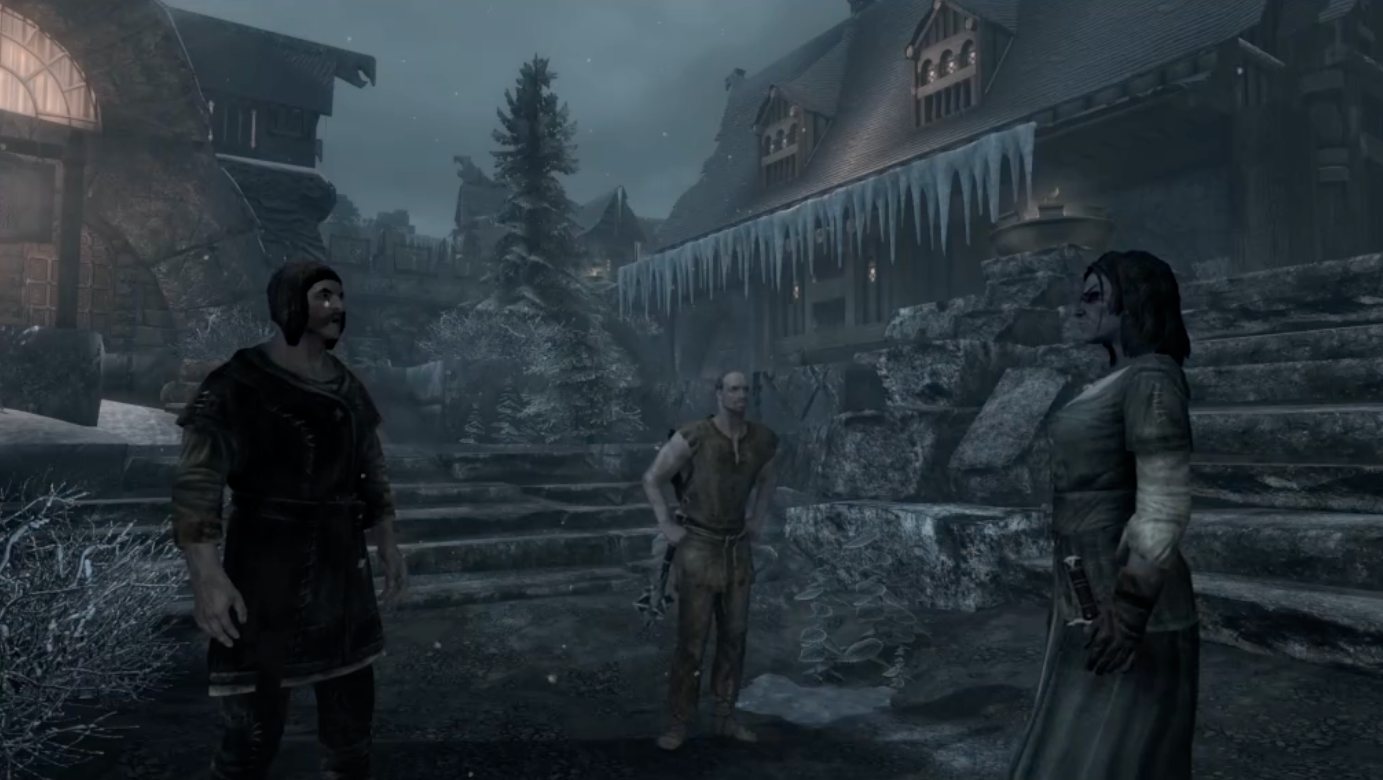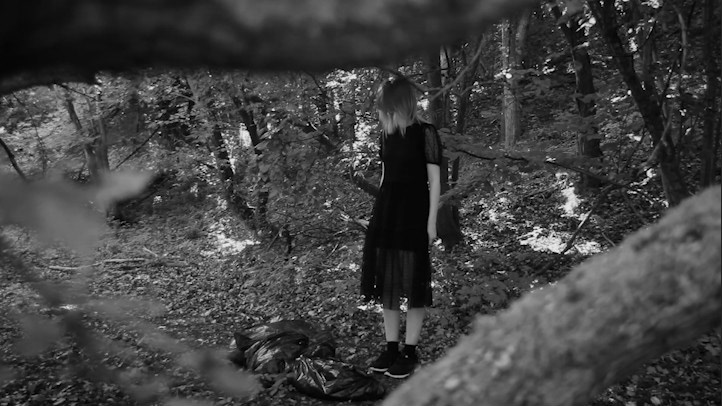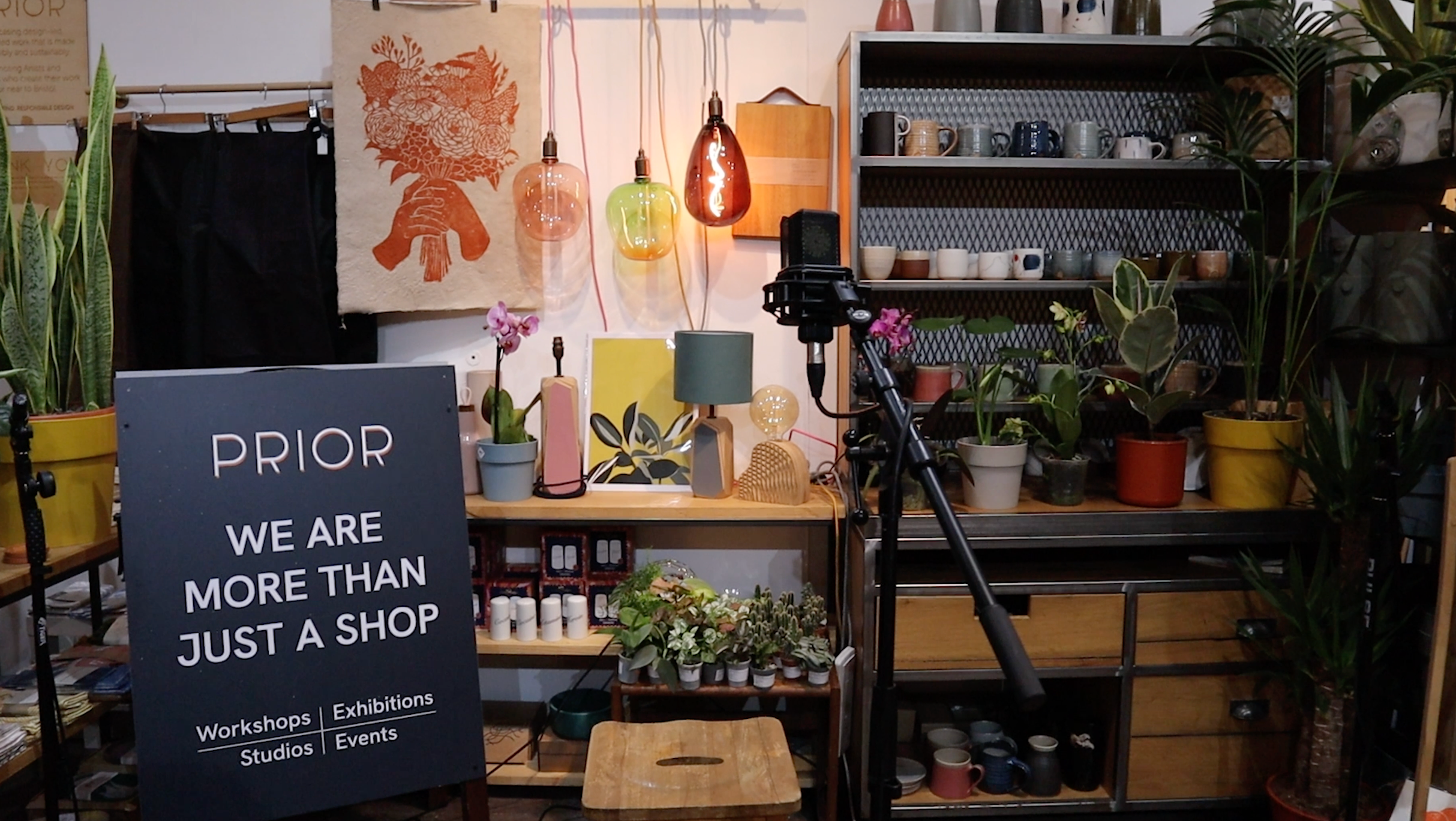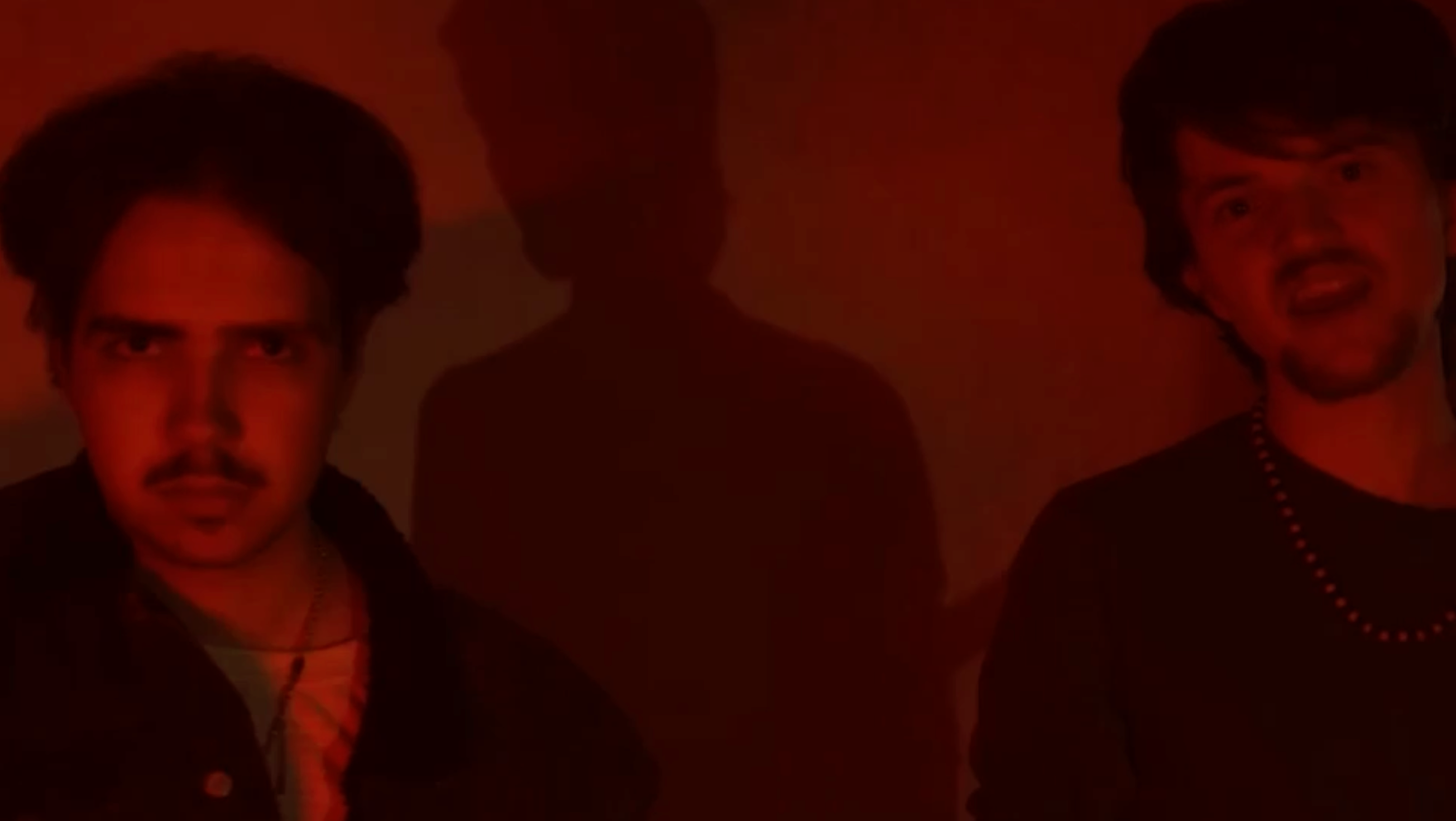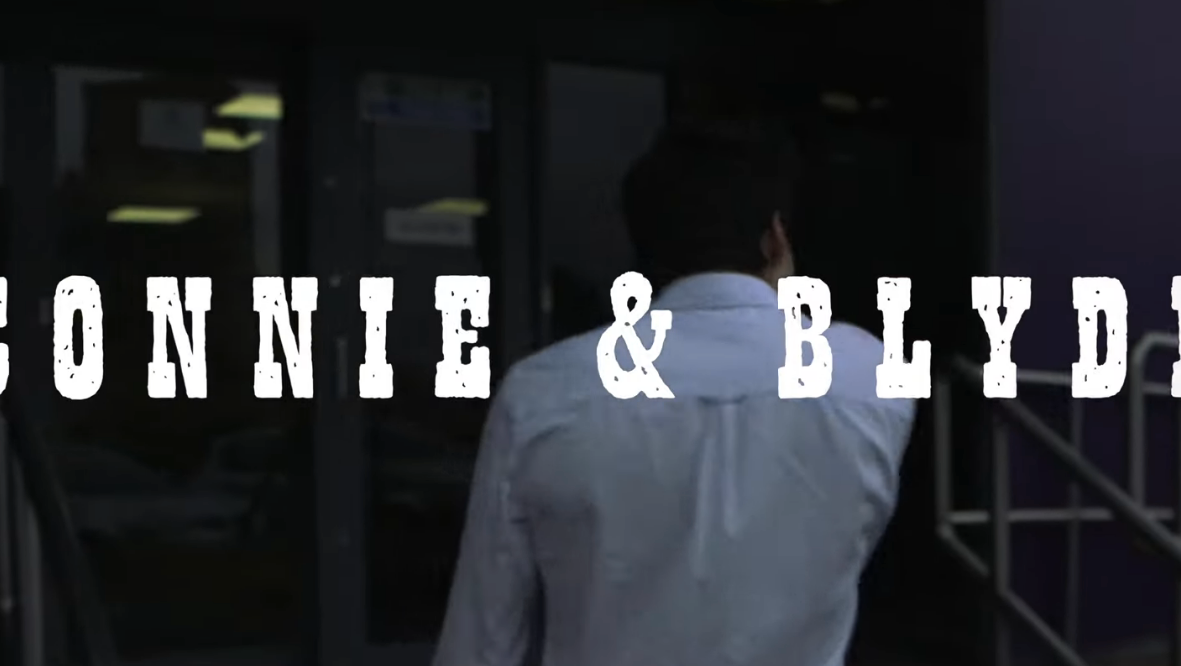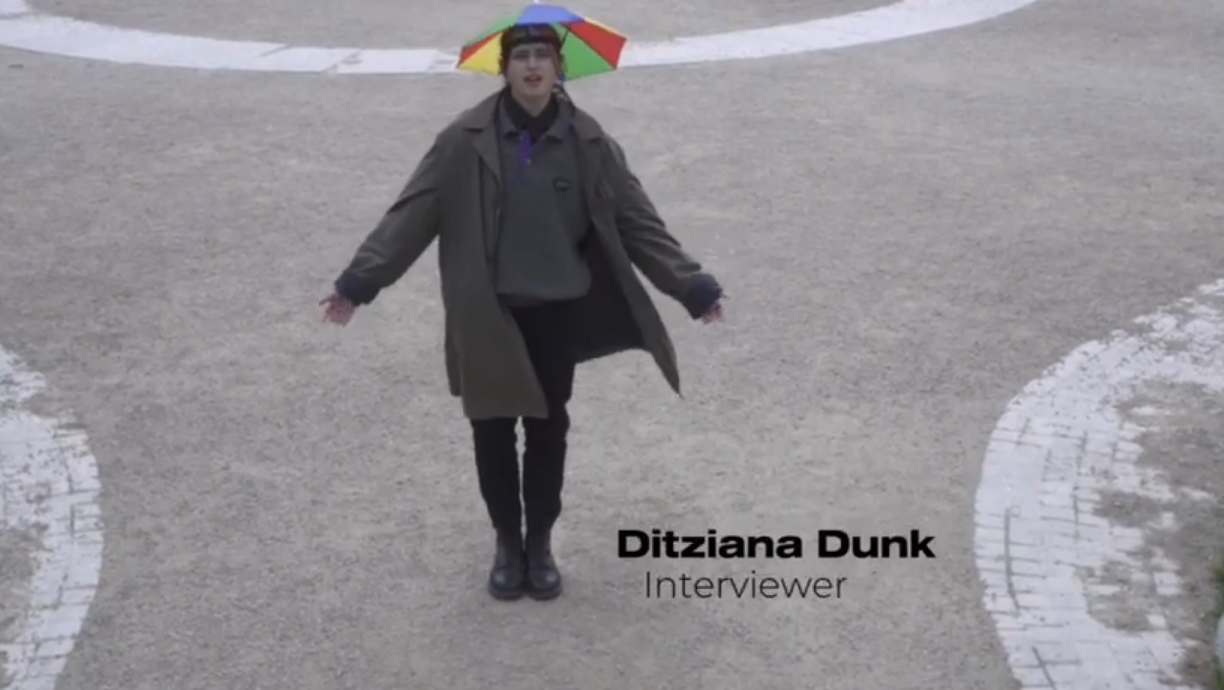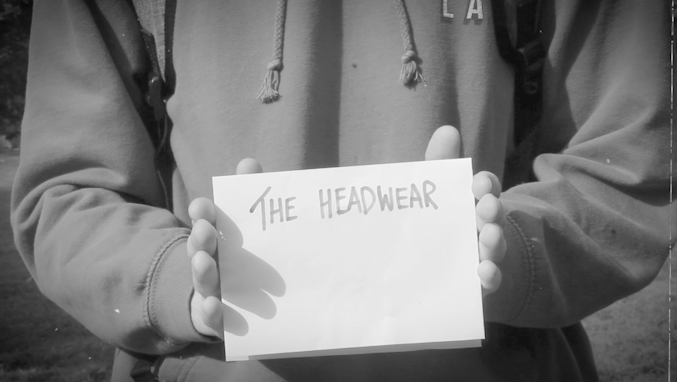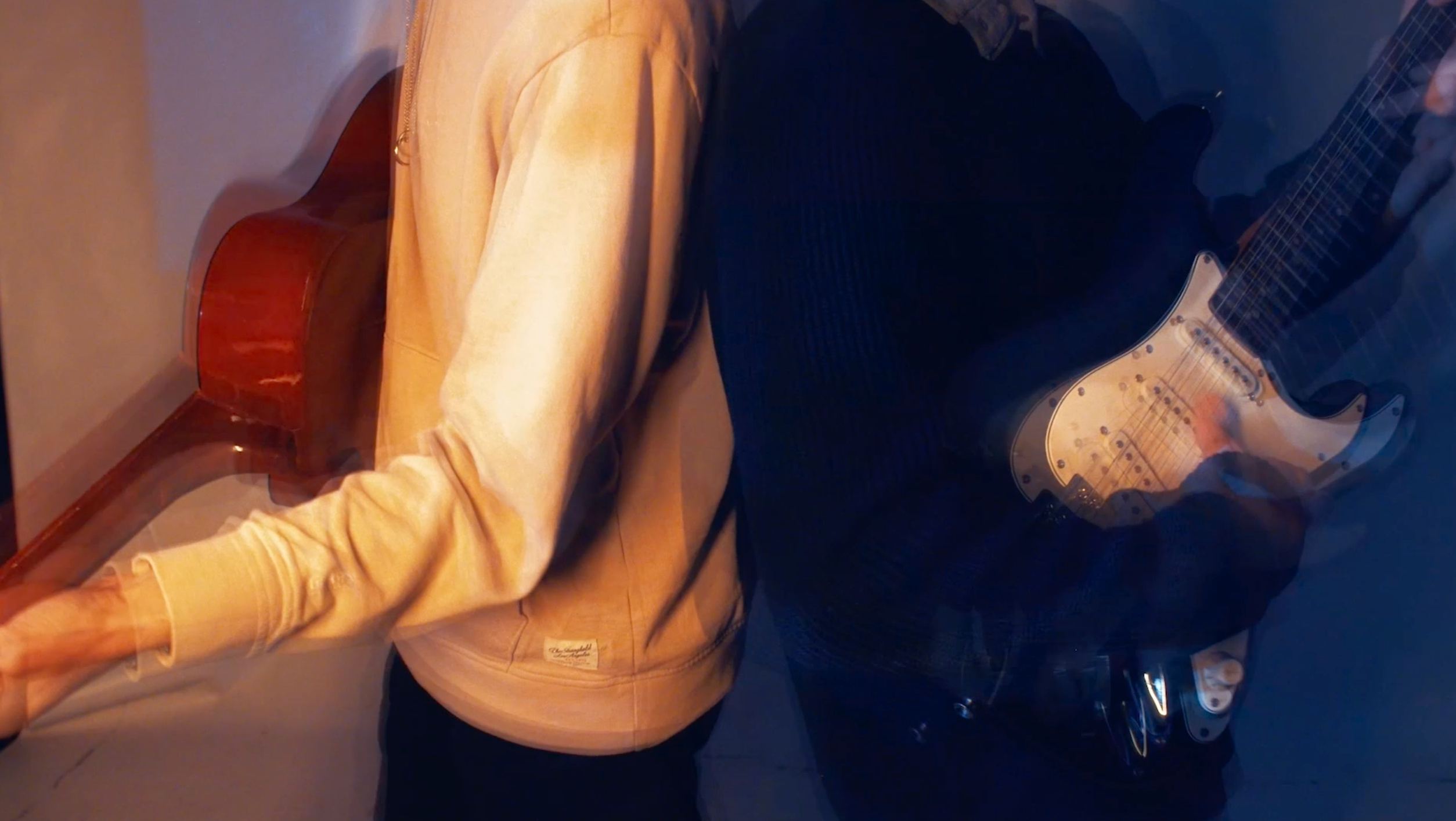Core Skills Creative Portfolio
For our second project of the second year, we were given a client to work for. I worked in the same group as the last project: Poppy, Luke and Charlie. However, we changed roles for this project. I took on the role of co-director and producer, co-directing with Poppy. Luke was on the edit and drone operating, whilst Charlie was our DOP. I was also the client's main contact. Our client was FareShare South West, a charity with a focus on redistributing unused food from restaurants and supermarkets to people who require food, such as primary schools, food banks and small communities.
To begin the project, we had to research our client and present our findings. I told the group and told them I wanted to lead this project and that I would be more than happy to create the presentation as long as they all read over it as well. I found out that FareShare South West had many other branches across the UK, such as in Yorkshire and the Midlands. Their target audience is companies with surplus food, people who can donate and people who are in need of donations. Their social media presence is small, with a few videos on Instagram Reels, Facebook and YouTube, with all of these videos being informative, telling the audience who they are and what they do. Their message to their audience is very strong through their online presence, and their message is that “no good food should go to waste.” (FareShare, 2024)
We first met with Zeyphr and Suzie, the communications team at FareShare South West, on October 22nd. As the producer, I made sure that everyone was to arrive on time and in business casual so that we made a good, professional impression on the client. I did most of the talking to keep it simple and not overwhelming for the client. We had arranged a list of questions for the client, such as who is your target audience and whether you want us to target donations or people who require donations. They gave us very informative answers to this, and I also made sure to take notes during the meeting. They wanted us to make a 60-second advert for their fundraising campaign to try and get more donors and volunteers. They wanted a voice-over done by someone with a southwestern accent to make it appeal to as many people in the area as possible. They pitched their advert to us, saying that they wanted it to be like a John Lewis advert and had a voice-over script already drafted that was to be completed by them for the next week. We then arranged a Zoom meeting for the week after reading week.
In the meantime, I did some research into how directing commercials was different to directing non-fiction films through Google and Google Scholar. I could not find any academic articles on this. I saw some mixed opinions on Google, with one saying, “On a technical level, there isn’t much practical difference between directing commercials and directing other types of moving image” (D&AD. ND.), whereas another article said “while cinema films aim to provide an immersive, long-form narrative experience, advertising films focus on delivering a concise, persuasive message efficiently.” (Cellardoor Studios, n.d.) With very mixed opinions from different articles, I settled with the fact that they are different, as commercials always have a different feel to narrative films. Whilst a commercial can be a narrative film, there will always be a call to action at the end. Commercial directors also don’t tend to take part in post-production, unlike film directors (Mack Sennett Studios, n.d.), but I knew that because we were working in a small group, we would all need to give feedback on the edit and help with small things like the voice-over due to the workload we had.
The next thing I did was research into John Lewis adverts, as that is what the client had used as inspiration. John Lewis adverts always provoke strong emotions from the audience, so I did research as to why this happens. John Lewis always uses universal themes that resonate with everyone, such as kindness and love (Gottschalk, as cited in Bayes Business School, 2024). For the advert to provoke these feelings in our audience, I realised that we needed to have really strong visuals of the volunteers, such as smiling and looking friendly.
In order to keep our clients up to date with what we were doing, we made a plan to share every draft of our edit with them and have a Zoom meeting every week. I also made sure to update them with an email at the start of the week whilst we were in the pre-production stage. They kept us updated by emailing me back and telling us what our filming dates would be. We had a Zoom call on the 5th of November, where Zephyr updated us on the brief with a finalised script. We started planning shot types and then sent them over. We got some feedback on our shot list, such as we needed to stick to the script and that they wanted drone shots. The next week, Suzie got back to us with a finalised shot list, and we began storyboarding.
We went to the Bristol FareShare South West branch on the 19th of November. The shoot day went incredibly well, we were very organised and knew every shot we wanted to get. It was snowing, which added to the warm feel of the advert. After having a safety briefing and putting the required safety gear on, we got to filming. We made sure to film as many shots as we could, especially of vans leaving, as there were only two whilst we were at the warehouse. All the volunteers were very friendly and very happy to be on camera. I had an idea of having a montage of all the volunteers standing in front of the logo and smiling at the camera, so we marked out the spot we wanted them to stand in and filmed 1-second clips of everyone. Luke got out his drone to get some bird's-eye shots of the warehouse, outside shots, and a shot of everyone smiling at the camera and waving for the final shots. Without these drone shots, the advert would not have felt as friendly as it did, in my opinion. The shoot went smoothly, and as a team, we had great communication. In order to meet the hand-in requirements, we filmed an interview with an employee, asking about her views on the company and how they are tackling food hunger. I do not think there is anything differently I would do about this shoot; I think our lighting looked good and was consistent, the shot compositions were well thought out, and we took more than enough shots. If we had the time, I would have taken a second camera around to get a wider variety of shots, but we already had a large variety and more than enough footage to make the 60-second advert the clients had asked for.
Our prototype was due the next day. However, we did not have enough time to get the voice-over recorded, as we needed someone with a southwestern accent, something which none of us had. Instead, we intercut the interview with footage we had taken. We got both positive feedback and feedback on what we could do better. The audience said that it had a very friendly and human feeling, which is exactly what our intentions were. The majority of the audience also said that they wanted to volunteer with FareShare South West after this, too, and that our advert was very persuasive. The intention was clear, and it was very understandable as to what the charity does. Some feedback we got was that a call to action was needed at the end of the advert, which is what we had for the final project. The voice-over was needed, which we then recorded the next day.
Once we had the voice-over, Luke edited everything together. The first half of the advert contained mostly stock footage, as the client wanted shots of fields and waste, something which we could not go out and shoot ourselves due to time. The client was more than happy to use free stock footage. The volunteers are shown the moment “FareShare South West” is mentioned, so the transition from stock footage to footage we filmed feels very abrupt on purpose, but I feel as if this provides a tone shift to the advert from hopeless to hopeful.
For the beta screening, we screened the project following the structure of the original script and storyboard. The audience said that the pace of the edit was perfect for the advert, as it felt very natural and calm. One audience member said that she was not convinced to help at the start of the advert, but afterwards, the advert changed her mind, and she wanted to volunteer and help out with the charity. The audience also stated that the customers were very enthusiastic, which made them want to volunteer. The lack of music was something we needed to improve, so we searched for some royalty-free music to add in. The voice-over was too loud at some points and sounded sarcastic, so we scheduled a new day to film it. We sent this to the client, too, who agreed with the comments the audience had made. We also needed to include subtitles and their logo, which were added for our final edit. Poppy went and shot at their Plymouth warehouse, but we did not use these shots in the final edit.
After this was completed, I sent the final edit to my parents for their feedback, as we always watch the John Lewis Christmas adverts together every year. My dad said he could not believe it was a student project, as it looked incredibly professional. My mum was moved by it and is now doing some research into FareShare Midlands! The client loved the final edit, and it is now shared publicly and is being used for their fundraising campaign. They were impressed with our effort in fulfilling their complicated brief and told us that it raised everyone’s spirits after a hard week. I am really happy with the outcome of our project, as it looks professional and is the product of a lot of effort. I got multiple comments on this project on how impressed people were with my work ethic and how well I communicated with the client despite having a total of 3 other projects occurring at the same time. Despite not working brilliantly as a group on the last project, we worked incredibly well, with great communication and a great mindset. Everyone was very invested in their roles, and the enthusiasm of the client boosted our morale. This project has taught me a lot about how to work with and manage clients and how to keep a professional relationship with a client. This will prove useful soon, as I have three more client projects lined up outside of Screenology. I cannot wait to use the skills I have learnt this project on these forthcoming projects!
